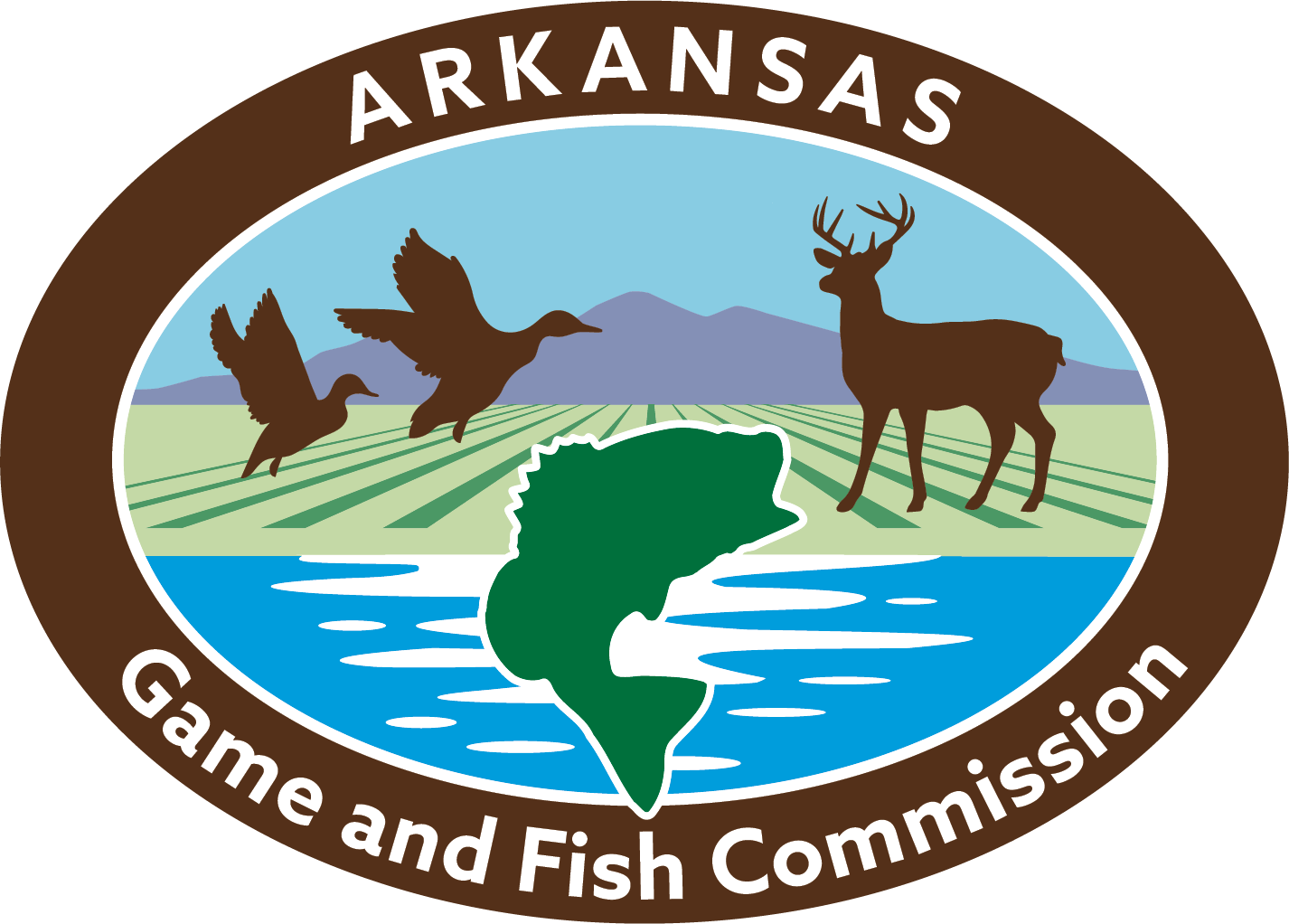Prohibited Species:
The following organisms have been legally listed as exotic, harmful, or potentially harmful. In accordance with Code 26.13, it is unlawful to import, sell, purchase, trade, stock, culture, transport, or possess any live specimen, including viable eggs or hybrids of species commonly known as:
Fish
-
- Alewife Alosa pseudoharengus
- Blueback Herring Alosa aestivalis
- Eurasian Ruffe Gymnocephalus cernua
- Mexican Banded Tetra Astyanax aeneus
- Orfe Leuciscus idus
- Piranha Family Serrasalmidae (all species)
- Roach Rutilus rutilus
- Round Goby Neogobius melanostromus
- Rudd Scardinus erthropthalmus
- Snakehead Family Channidae (all species)
- Stickleback Family Gasteroseidae (all species)
- Walking Catfishes Family Clariidae (all species)
- White Perch Morone americana
- Yellow Perch Perca flavescens
- Prussian Carp Carassius gibelio
- Crucian Carp Carassius carassius
- Wels Catfish Silurus glanis
- Largescale Silver Carp Hypophthalmichthys harmandi
- Eurasian Minnow Phoxinus phoxinus
- Stone Moroko Pseudorasbora parva
- European Perch Perca fluviatilis
- Nile Perch Lates niloticus
- Amur Sleeper Perccottus glenii
- Zander Sander lucioperca
Crustaceans
-
- Chinese Mitten Crab Ericher sinensis
- Marbled Crayfish Procambarus virginalis
- Everglades Crayfish Procambarus alleni
- Redclaw Crayfish Family Cherax
- Rusty Crayfish Orconectes rusticus
- Smooth Marron Cherax cainii
- Yabby Cherax destructor
Mollusks
-
- Big-Ear Radix Radix auricularia
- Channeled Apple Snail Pomacea canaliculata
- Giant Apple Snail Pomacea maculata
- Golden Mussel Limnoperna fortunei
- Chinese Mystery Snail Cipangopaludina chinensis
- Japanese Mystery Snail Cipangopaludina japonica
- Ghost Ramshorn Snail Biomphalaria havanensis
- New Zealand Mud Snail Potamopyrgus antipodarum
- Quagga Mussel Dreissena bugensis
- Quilted Melania Tarebia granifera
- Red-rim Melania Melanoides tuberculata
- Zebra Mussel Dreissena polymorpha
Modification of Lists:
This list is subject to change. Any individual may petition AGFC to add or remove species on the Prohibited Exotic Aquatic Species List. The petition must provide thorough documentation of why a species should or should not be included on a list. Petitions must address the biological threat of the species, including native range, habitats utilized, movement patterns, spawning requirements, reproductive rate, food habits, and temperature, pathogens of concern, and water-quality limitations. Documentation of any introductions or escapes outside the species’ native range must be included and evaluate the potential impacts to native species through predation, competition, disease transmission, and displacement. Petitions must include copies of all pertinent reference material.
Petitions to add or remove species on the Prohibited Exotic Aquatic Species List will be responded to by the Chief of Fisheries after thorough scientific review of the species and a consultation with an advisory board representing AGFC staff.
